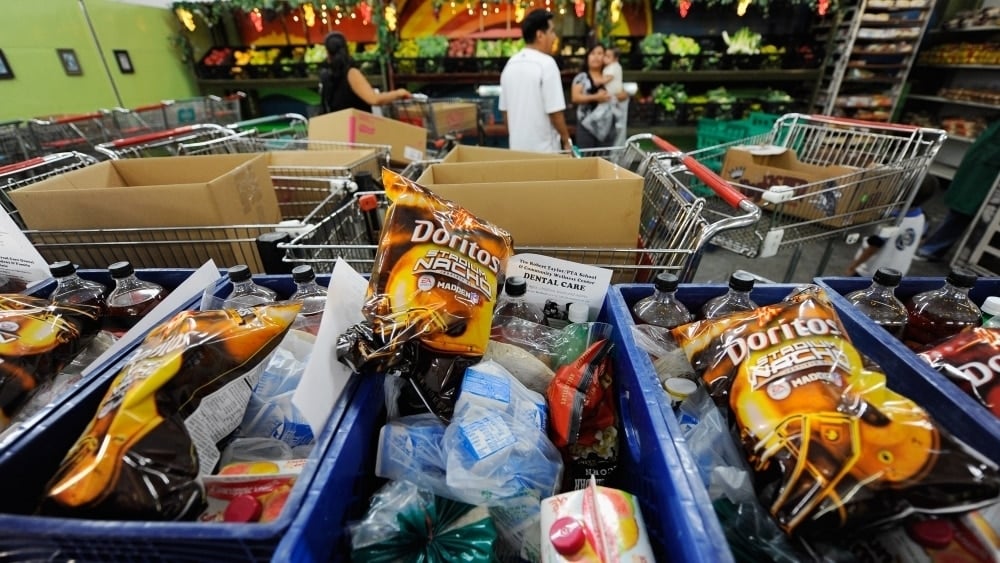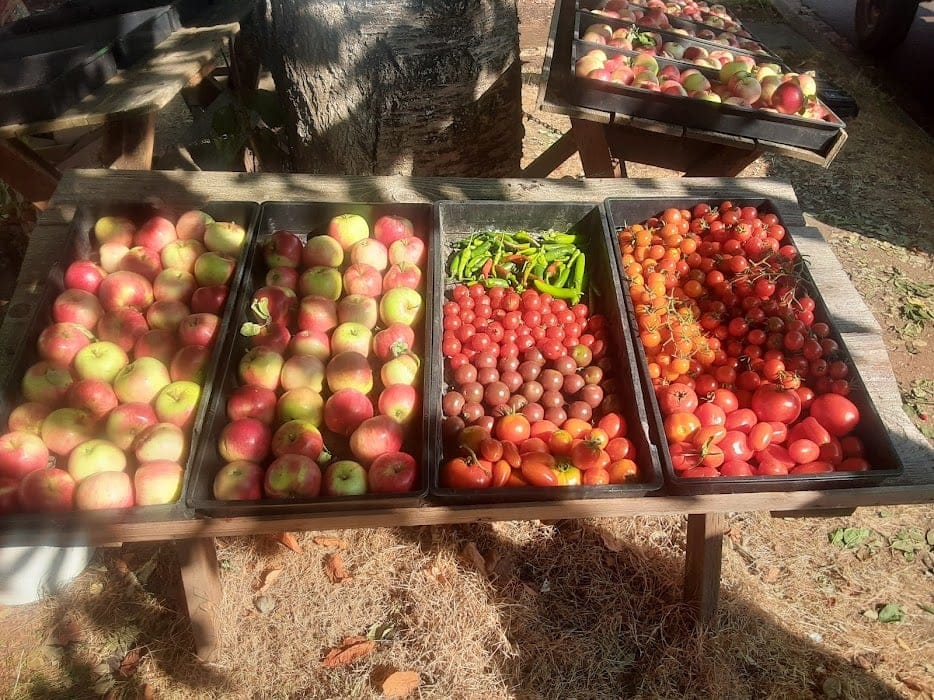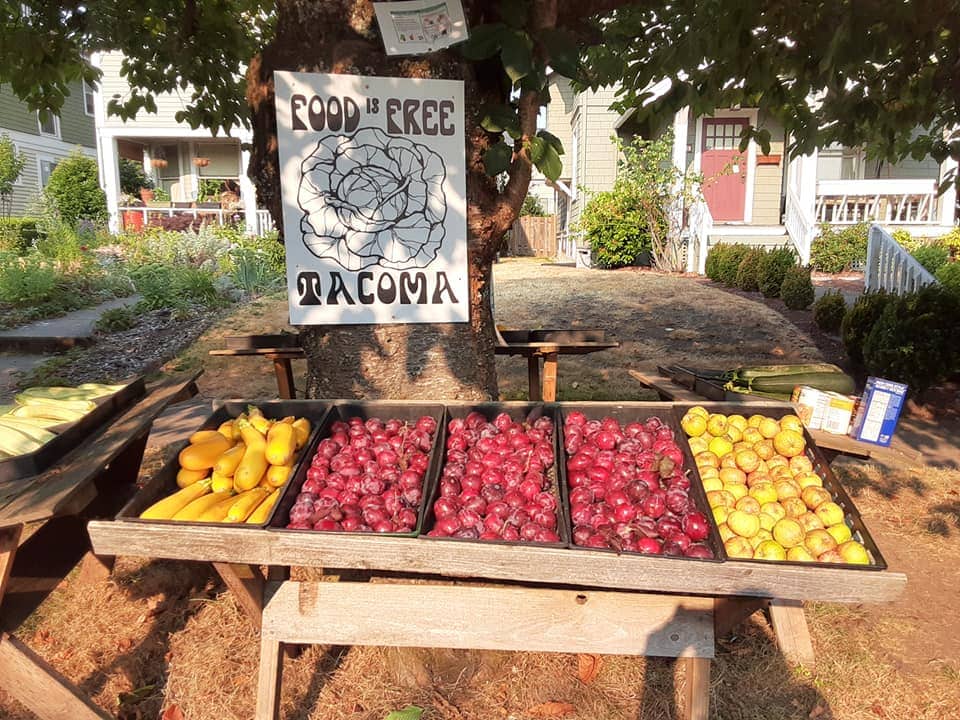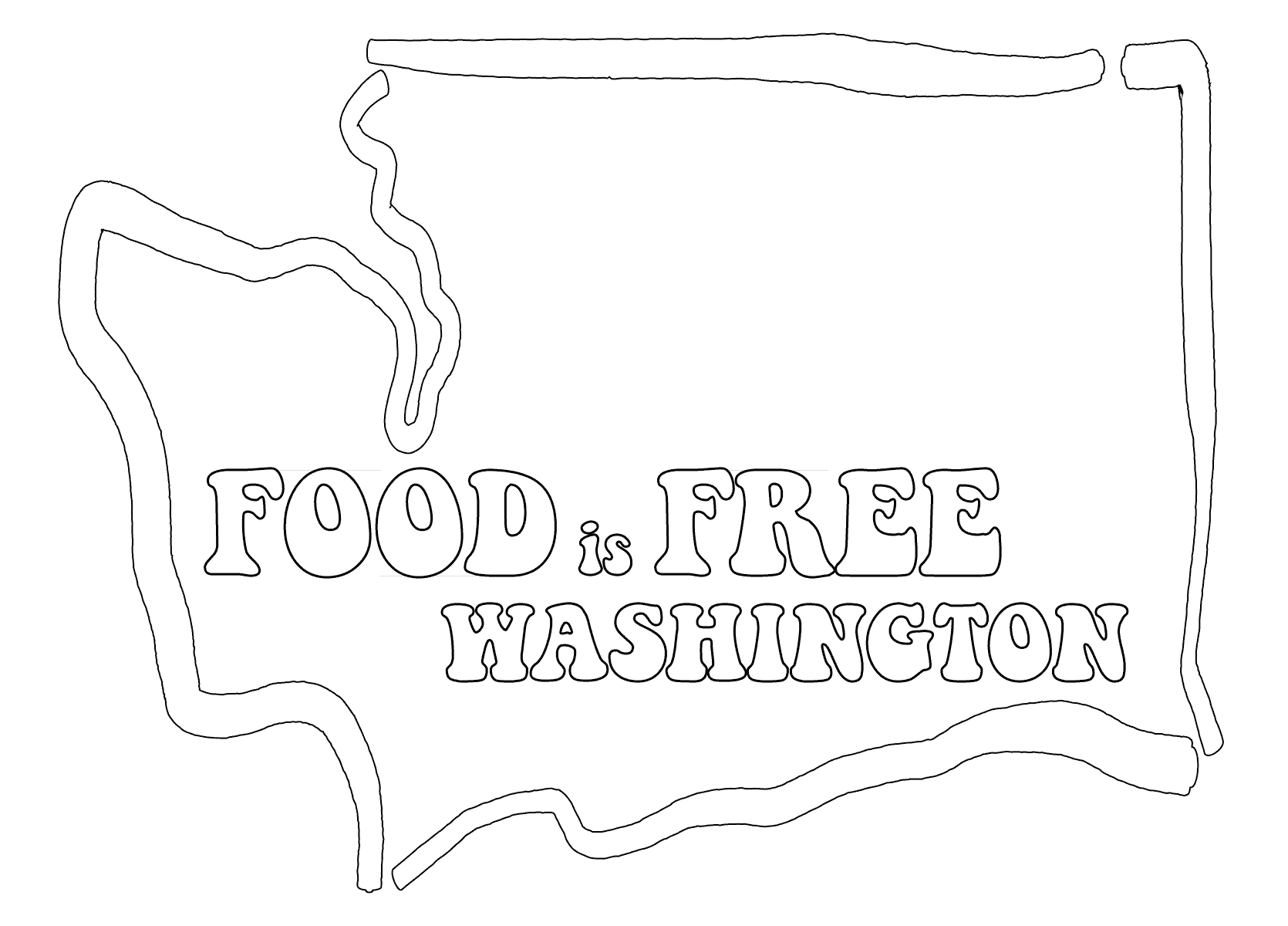



Food Banks Aren’t the Whole Answer
It’s time for us to make a commitment, and build real food security infrastructure to help our neighbors.
Don’t get us wrong – food banks serve an important purpose, and they are an important part of the model on which we have built food assistance in the United States. If people cannot access other programs, or if those programs are insufficient, food banks can be lifesavers. We also know that many food banks are run well, and food banks help a lot of people survive. The food bank model, however, has a lot of problems.
Lack of Choice
“Clients” at food banks are often required to take whatever the food bank is trying to get rid of. Sometimes they are given food they don’t want or have allergies to. There is also a basic lack of dignity and respect when you don’t allow someone to choose their own food. The underlying, untrue assumption is that everyone has the ability to provide for themselves and their own family 100% of the time, and that if you ever need assistance, you should just be grateful for whatever is given to you, even if you can’t eat it.
Many food banks are only open for a few hours on a day or two during the week. This makes it more difficult for people to access the help they need, and encourages people to take more than they can use in just a day or two. Making food assistance available for as many hours as possible, every day of the week, and for hours beyond regular business hours, even 24 hours a day, means that people know they can get food when they need it.
When you enter choice into the equation, there’s also less waste.
Excessive Food Waste
Food banks often overload their “clients” with large quantities of food – we’ve seen examples of a single person being given 24 half-gallon cartons of oat milk! Giving people too much food and too little variety leads to waste – the extra, non-consumable food is sometimes just left on the street around the corner from food banks that operate this way. People are given too much food to transport back home or be able to store.
When folks are overloaded with food there’s more opportunity for food to spoil before they can consume it. The fresh produce that is offered at food banks is often times a couple days from going bad when distributed to their clients. You can only consume so many bananas in the average sized household before they start to turn. So giving a box of bananas to a household would mean more than half the box would be wasted.
This is where choice is important as well. Using a box of bananas as an example, if a neighbor can choose how many bananas they want, they will generally only take what they need, leaving the rest of the bananas available to others.
Poor Nutrition
Many donations to food banks are provided by businesses that buy and sell large volumes of food – and to get rid of stuff they don’t want to deal with, they’ll push it off onto food banks. Candy, chips, soda, and other junk food, high in sugar, salt, and fat, and low in nutrition, are often provided to food banks as a condition of receiving other, more nutritious items. This results in the people who need the most help eating the very worst food, and many food banks have a large and disproportional amount of junk food relative to nutritious food. We have set a goal that 90% of all the assistance we distribute will be healthy and nutritious food.
Fresh Fruits and Vegetables
Insufficient Capacity
Here’s the real kicker. We have never made a serious effort to truly solve hunger in the United States.
We have means tested programs that insult people who need help and make it difficult to qualify, and we never take anyone’s word that they are hungry.
We take leftover food and put it in a storage facility where people can come pick it up sometimes, if we feel like unlocking the door.
We offload unwanted food on people – junk food, spoiled or nearly-spoiled food, food they are allergic to, food they do not want and too much of it.
The fact that nutrition or survival, in the richest country on earth, is even a potential issue is a moral failing, and one that we must help rectify immediately.
It doesn’t have to be this way.
What does doing it better look like?
The problem of hunger and nutrition in the United States economy is complicated, and we don’t have all the answers. We do, however, have ideas about what a truly effective food assistance system would look like, and we’re starting to build it.
Here’s what we’re doing:
- We grow fresh produce on public and private donated land and usually distribute it immediately after it’s harvested.
- We share the produce that we grow and harvest with our community at weekly share events in local parks and at our food rescue sites.
- We receive and distribute larger donations of both produce and non-perishable food, mostly from farmers.
- We use email, SMS, and social media to proactively notify the community when fresh food is available.
What are the results so far?
- We have distributed over 2 million pounds of food since 2015, to over 70,000 neighbors.
- The vast majority of the food we distribute is freshly harvested produce. We don’t turn away less-nutritious food, but we are laser focused on providing fresh produce and nutritious food.
- Most of the food we distribute is collected by neighbors in just a couple of hours.



